Seven Principles
3 Ways to Minimize Light Pollution While Camping

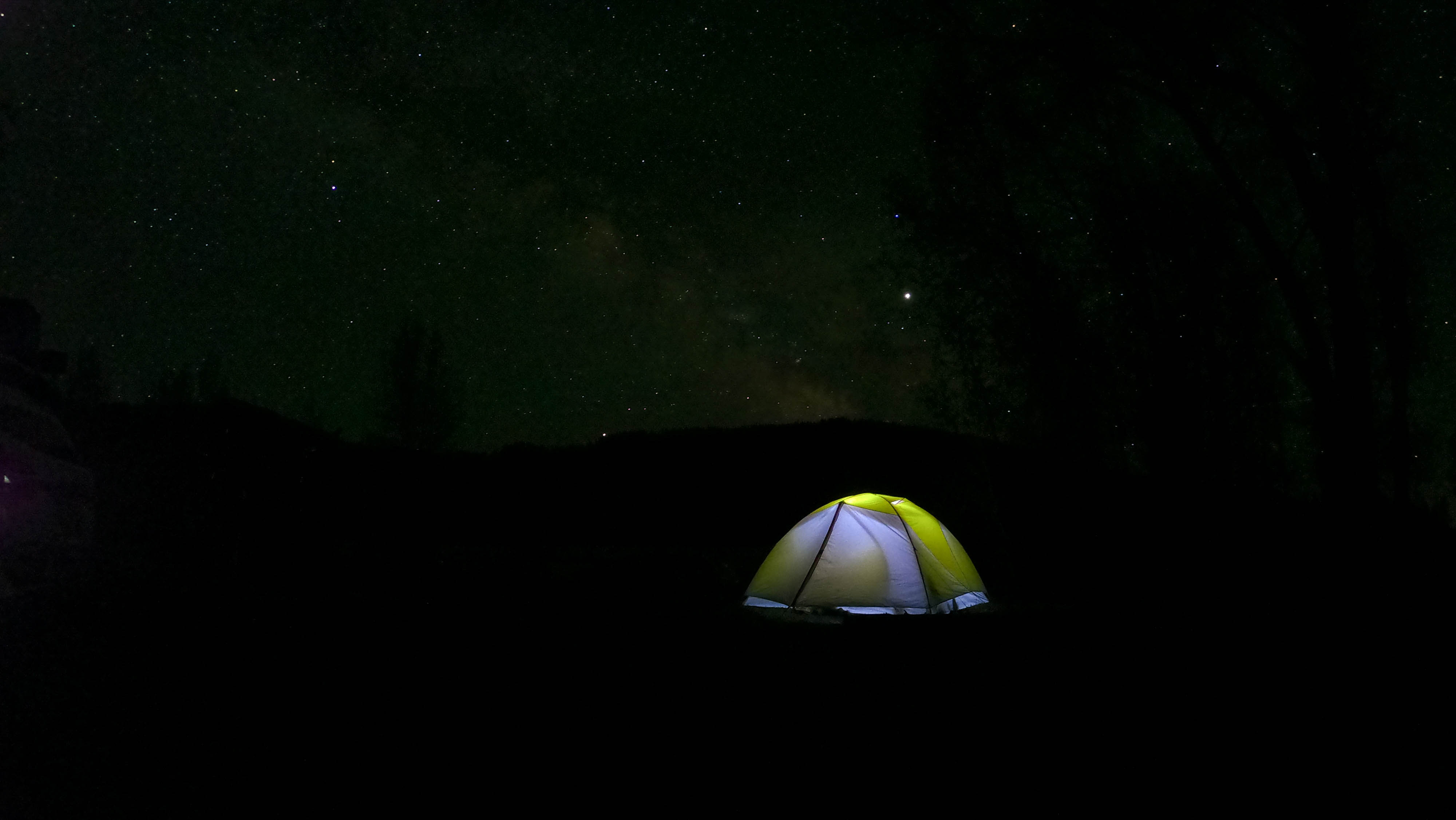
The night sky. Nothing beats enjoying the stars on a clear night. Anyone who has been near an urban area at night is well aware of the affect the city light has on the night sky. Unintentional light pollution can have negative affects on wildlife behavior, including disruption of sleep cycles, feeding habits and reproductive patterns. Here are 3 ways you to limit light pollution while camping.
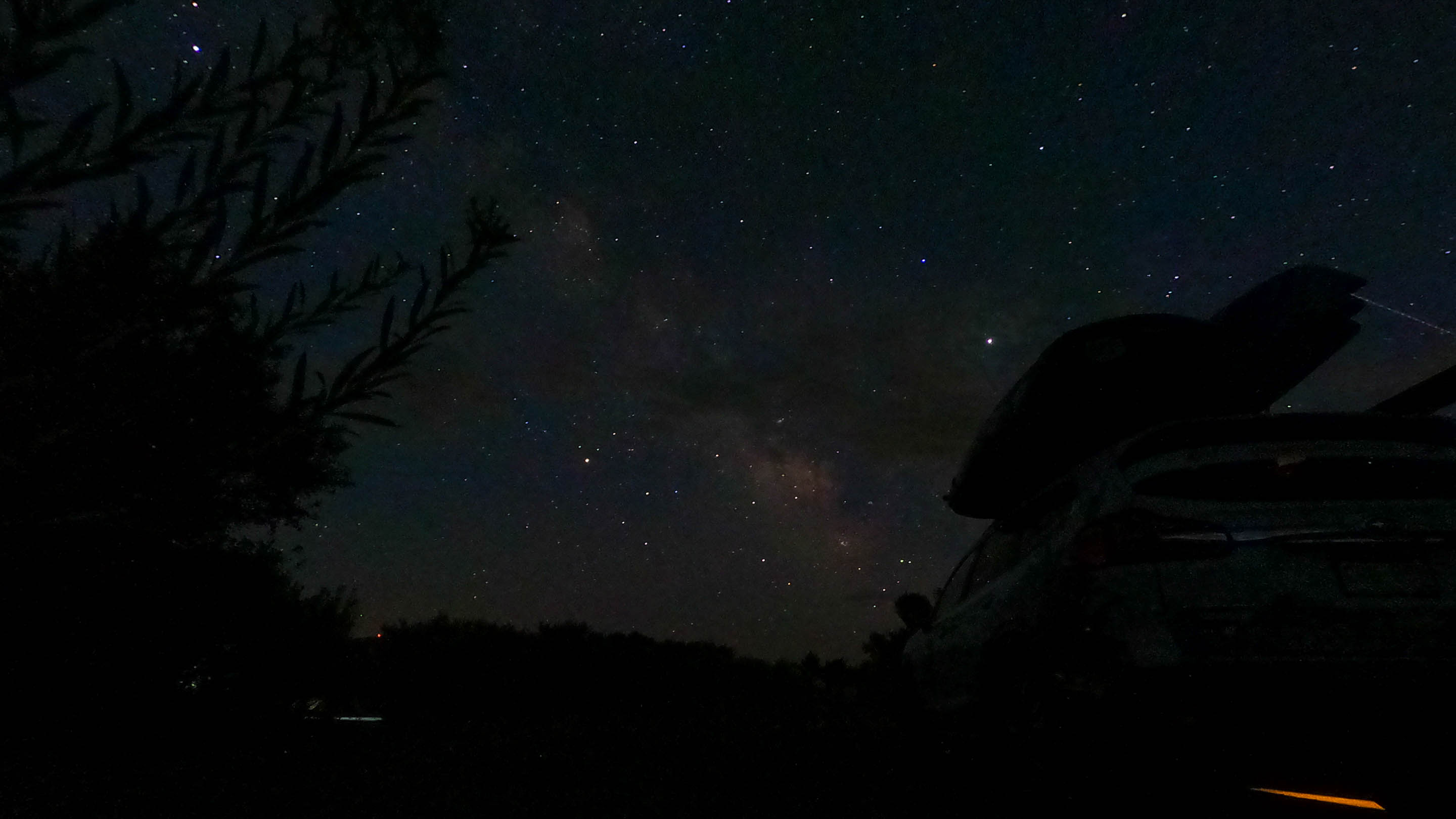
1. Shield Lights Downward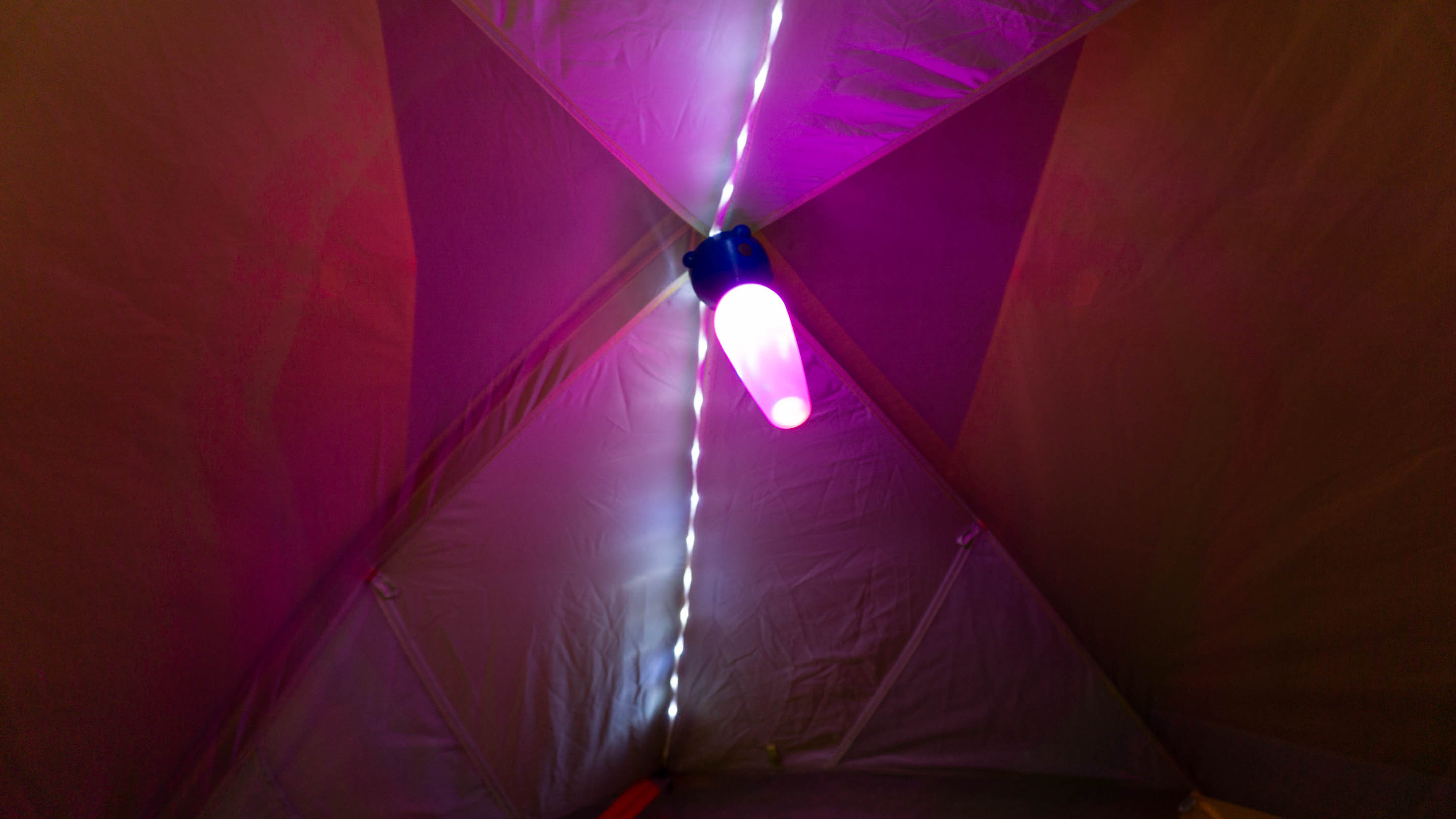
There are many camp lights on the market today designed to have lower environmental impacts, from rechargeable solar lights, to even compostable lamps. However, when it comes to light pollution, your best choices are going to be lights with the option to shield the light downward. These types of lights will ensure that you maximize light where you need it, and eliminate it where you don’t. When light isn’t shielded, it can escape outwards, upwards and all around, making it more likely to negatively impact wildlife.
2. Choose Warm Colored Lights
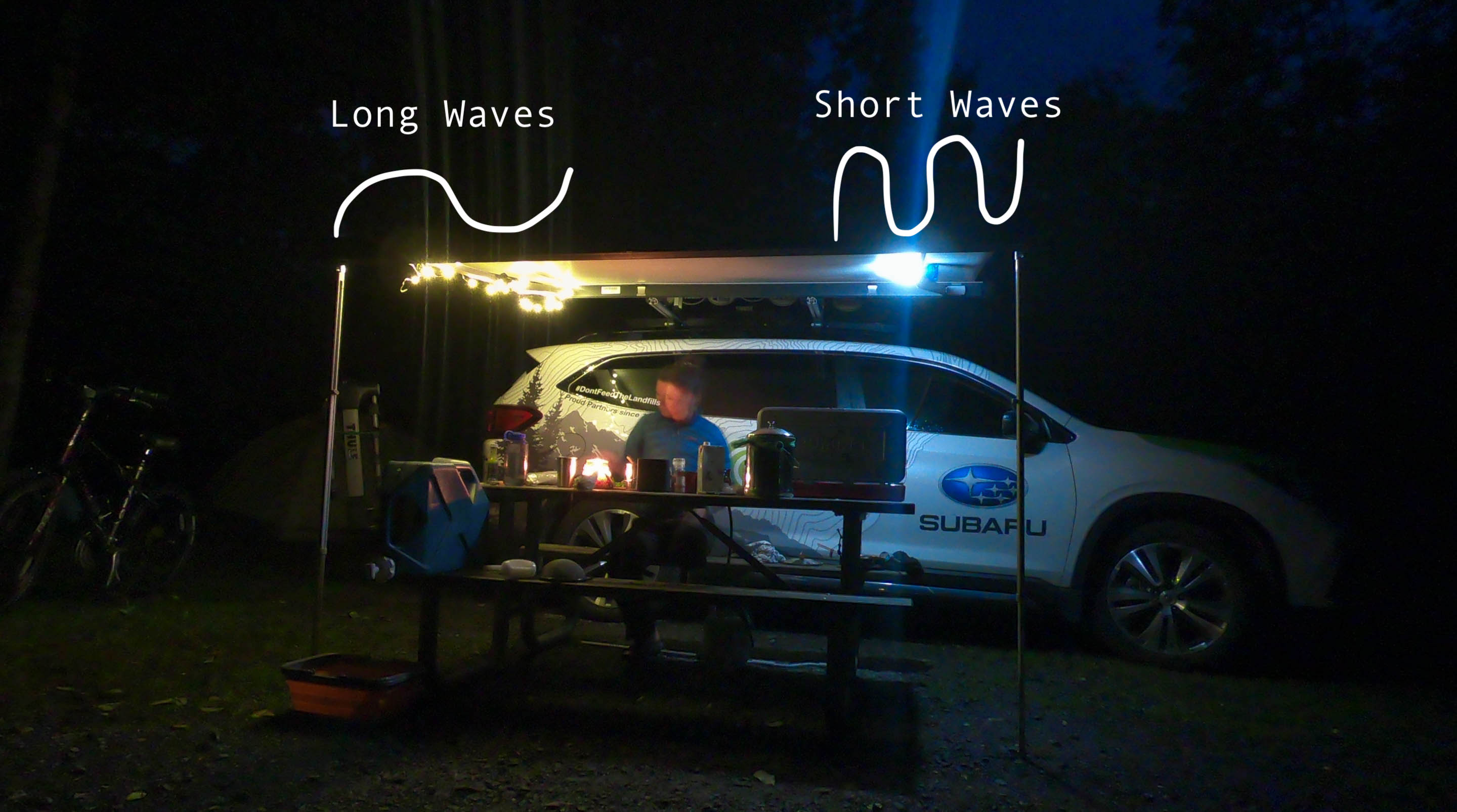
Studies have shown that visible light with waves on the shorter end of the spectrum (lights that are colder in color), are more likely to decrease melatonin output in many animals, which can affect their sleep cycles. We generally think of this type of light as blue or white in color, similar to the wavelengths that the sun emits into our atmosphere each day. When this type of light passes through our eyes, it affects bundles of cells in the hypothalamus which regulates circadian rhythm. Camp lights with longer wave length light (lights that are warmer in color), such as orange or red, are going to have less of impact on wildlife and fellow campers, allowing all your neighbors to stick to their regular circadian rhythms. Ever use the night-time setting on your computer or other device? Try it out and watch the color temperature change from cold white-blue to warm yellow-orange!
3. Limit your use of Light Whenever Possible
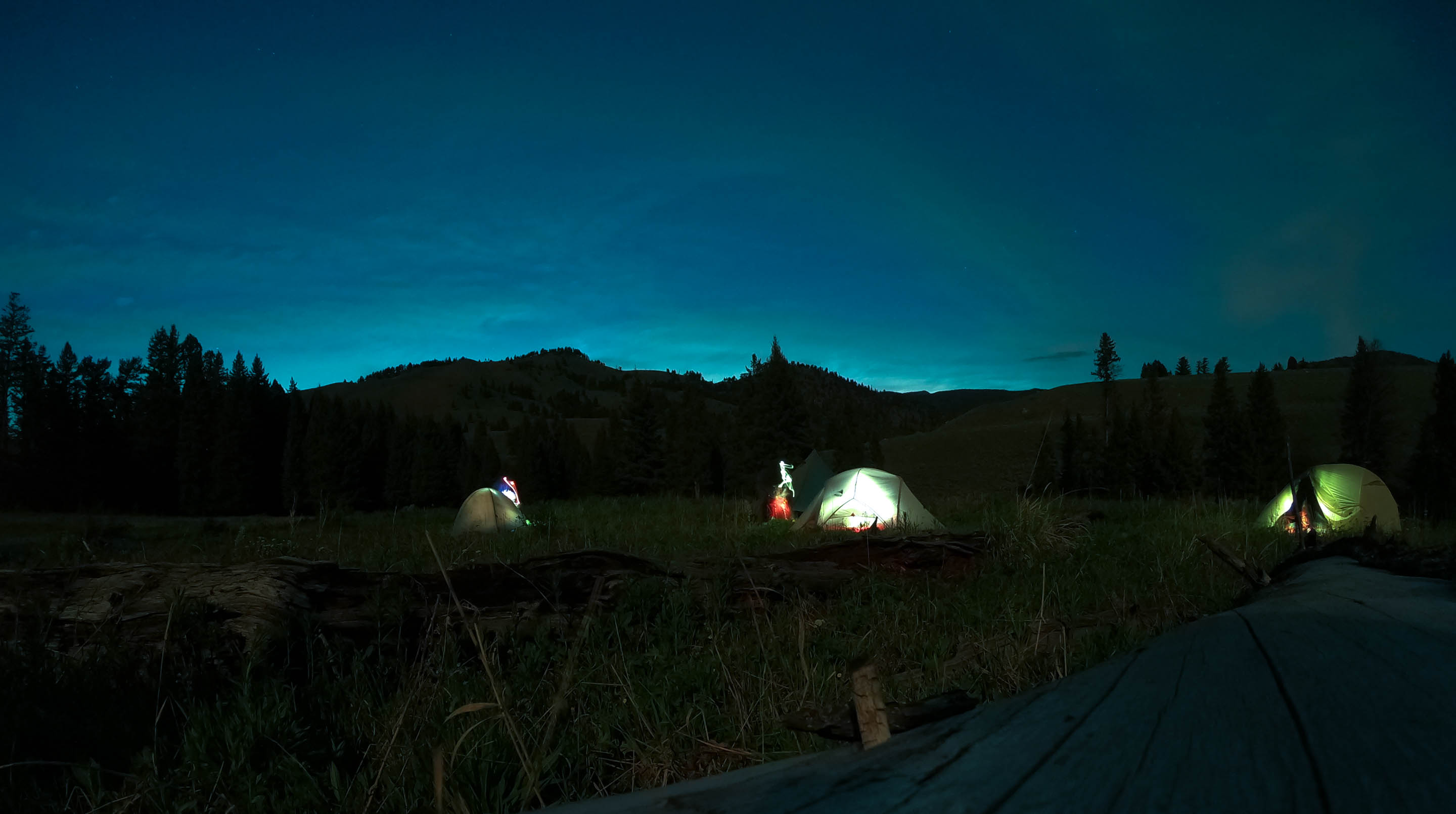
Whether light is shielded, or of a longer wavelength, it can still be a fatal attraction for insects. Animal species that rely on insects for food are negatively impacted when all the bugs in the area are drawn to your campsite for the evening. Any time we can limit our use of camp lighting, we are minimizing the impacts it has on the local insects and other wildlife in the area. Try to only use lights when you need them and avoid leaving them on when you leave your site or go to bed.
By following these three tips, we can both respect wildlife and be considerate of other visitors! Enjoy the night. Enjoy your lights. Enjoy your world.
Leave No Trace’s Monika Baumgart and David LeMay are part of the 2019 Subaru/Leave No Trace Traveling Trainer Program that provides free, mobile education to communities across the country. Proud partners of this program include Subaru of America, REI, Eagles Nest Outfitters, Deuter, Thule, Fjällräven and Klean Kanteen.
Let’s protect and enjoy our natural world together
Get the latest in Leave No Trace eNews in your inbox so you can stay informed and involved.
